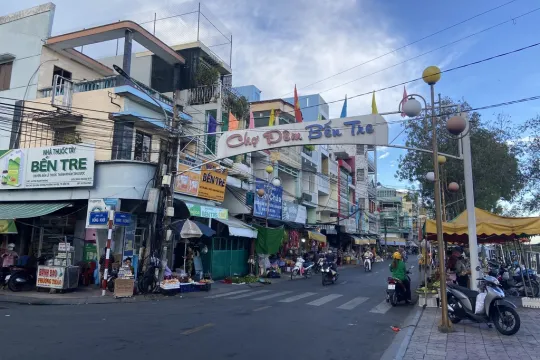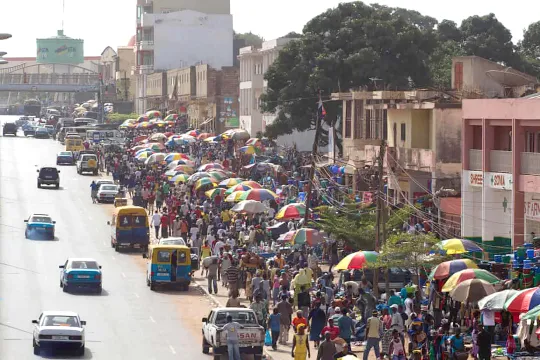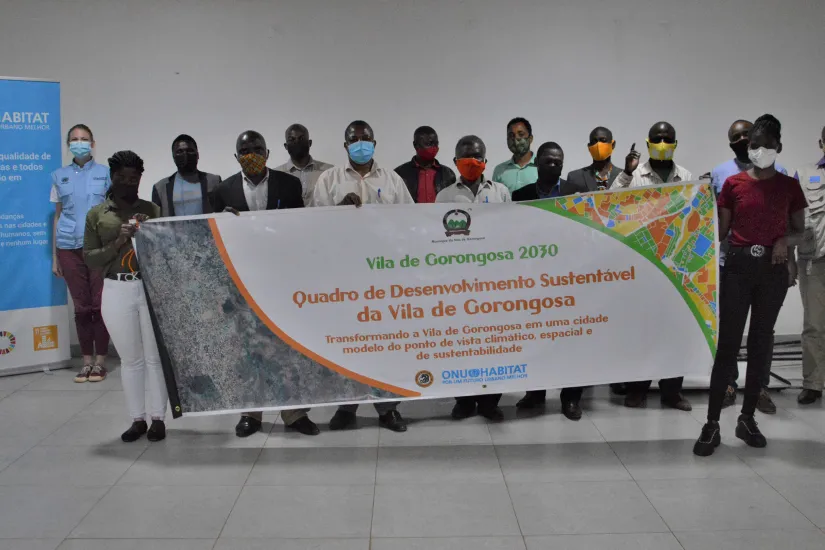
Workshop in Gorongosa, Mozambique, UN-Habitat
Introduction
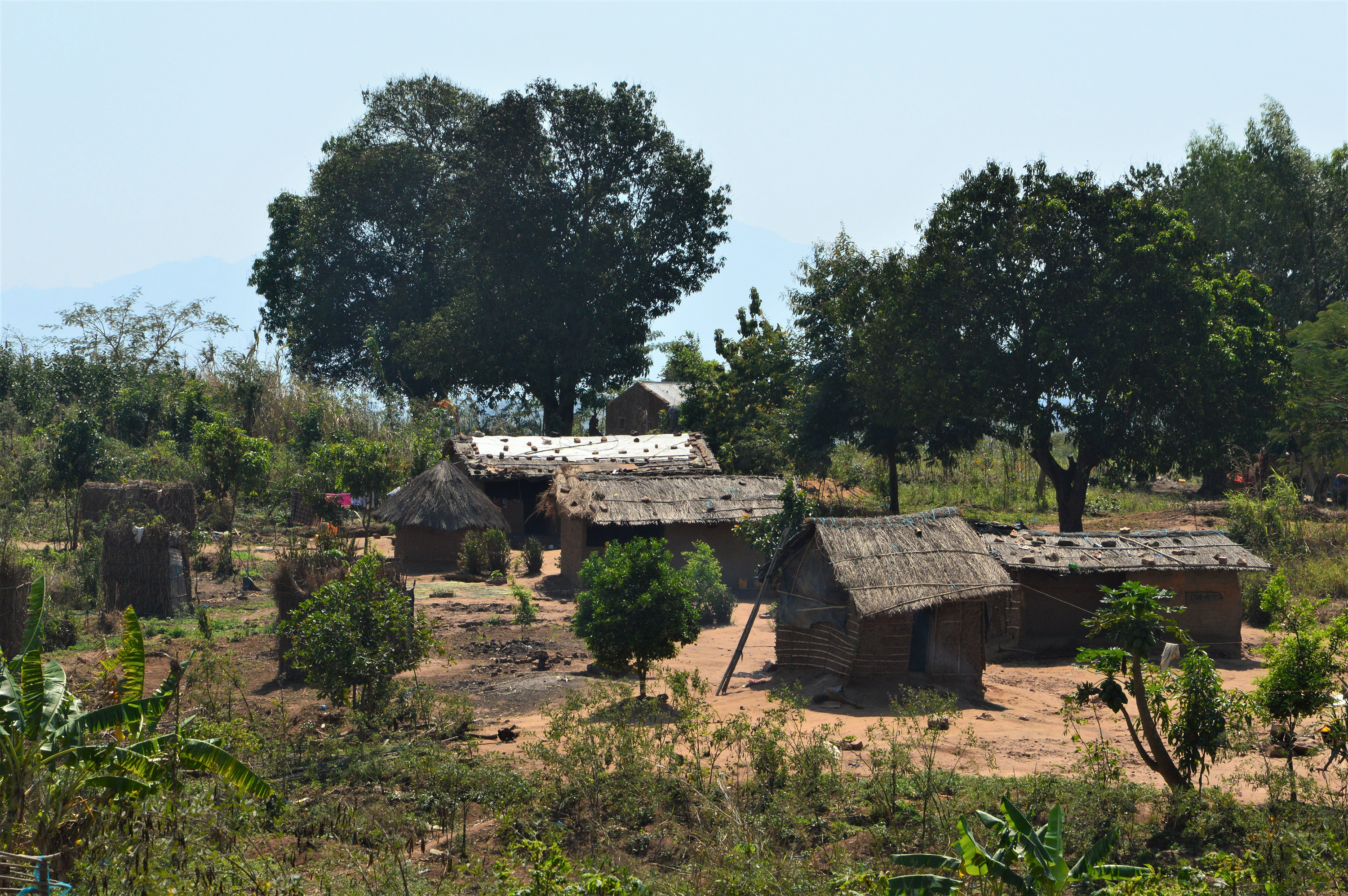
Due to its morphology and geographic conditions, Mozambique ranks 10th among the countries most vulnerable to disaster risk (World Risk Report, 2014). The central area of Mozambique, mainly Sofala province, has suffered several shocks in the last 5 years. Civil unrest, drought in 2015 and 2016 and cyclones (Idai in 2019, Eloise and Tropical Storm Chalane between late 2020 and early 2021) that directly affected food security and income for families living in the province, had heavily affected people and life, posing challenges to local government and local communities. In this context, Gorongosa Municipality is one of the main centres in the Buffer Zone of the Gorongosa National Park in Sofala Province and is periodically exposed to these threats.
The development of public policies and strategies can help to resolve these conflicts, through a global vision to build rural and urban areas with more resilient, inclusive and liveable profiles. The promotion of participatory territorial planning and inclusive governance mechanisms are essential components to foster sustainable territorial development. The objective is to create a balanced system of model cities that promote the well-being of the population, as well as an efficient adaptation to these dynamics, while creating capacity at the local level on planning processes.
Context and background
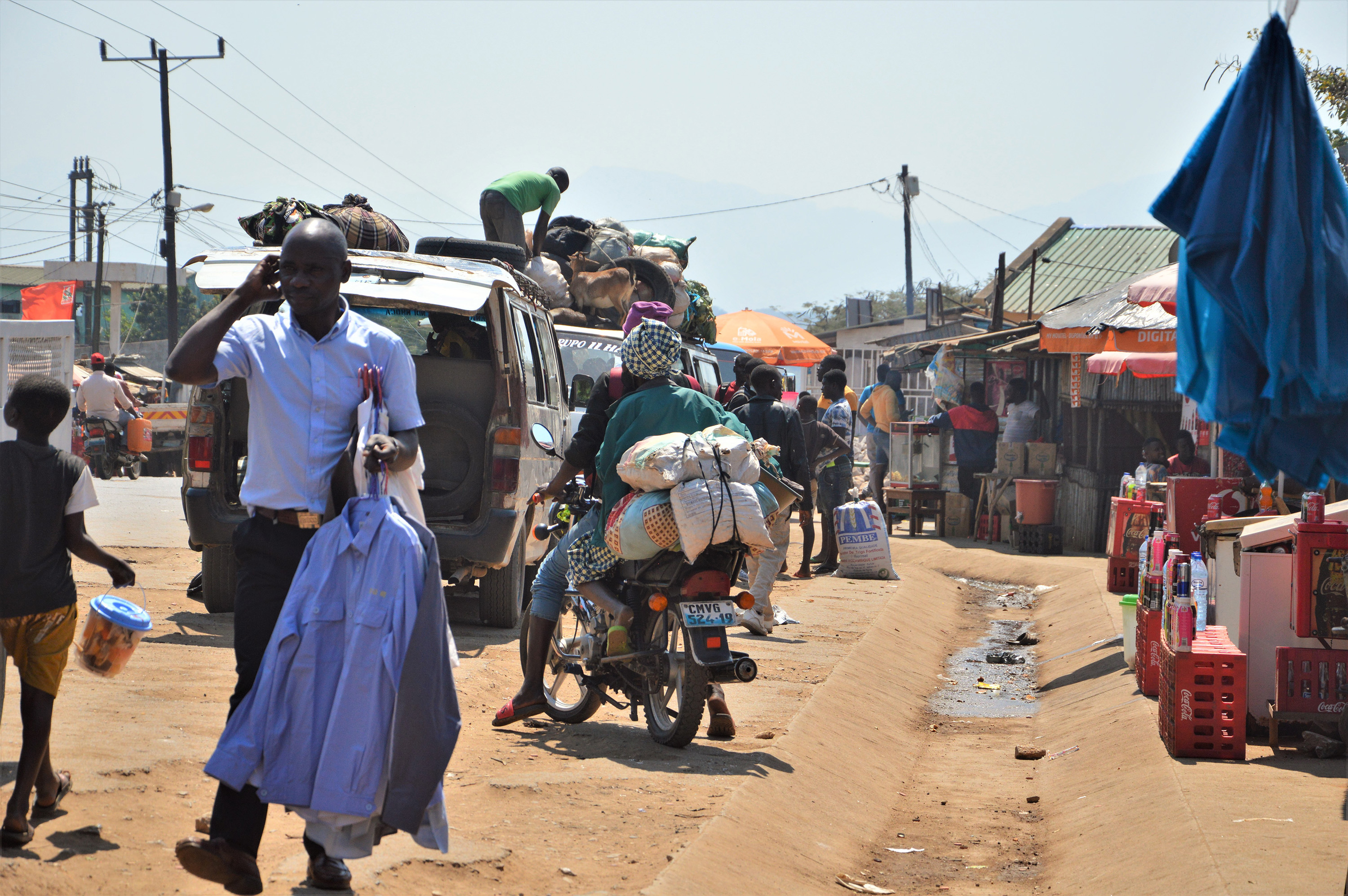
UN-Habitat and Gorongosa Restoration Project (GRP) signed a Memorandum of Understanding and jointly developed a Concept Note in support of Gorongosa Municipality to provide technical support to local government and to communities in implementing participatory planning tools and approaches in Gorongosa Park Buffer Zone and Gorongosa Town and building resilient infrastructure and sustainable public services.
At the same time, GRP signed a MoU with the Municipality of Vila de Gorongosa to joint efforts to turn Vila de Gorongosa into a model city in terms of environmental, territorial and socio-economic sustainability.
Plan and process

The main objective of this initiative is to support the Gorongosa town to turn progressively into a model town in terms of sustainability and inclusion. The development of the Gorongosa 2030 towards its sustainable development and alignment with global agendas and local/national strategies. Gorongosa 2030 includes a context chapter with important information to understand the background behind the work done by the community, with administrative, political, and geographic dimensions. The analysis goes through the spatial relationship between population and environment, highlighting the urban expansion, density and urban trends. Based on the analysis of the data collected, a list of challenges and opportunities of Gorongosa and its citizens was built; these elements were the basis of the vision and goals definition. The vision and the goals are followed by the planning principles, to support a sustainable implementation of the action plan. A list of recommendations and guidelines was included on the operationalization and implementation of the framework as well the monitoring and evaluating process.
Resource for the development of Our City Plans
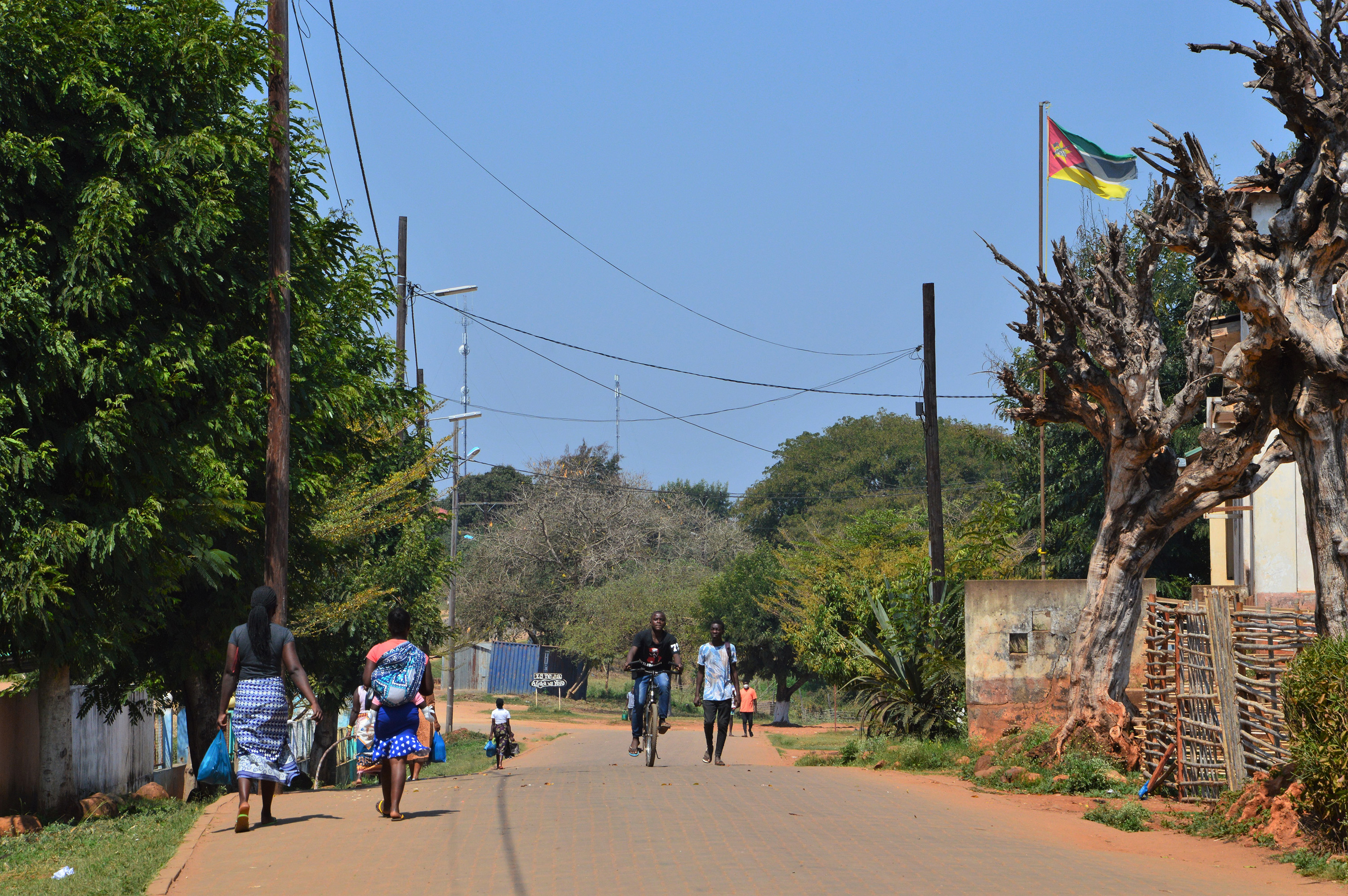
Gorongosa 2030 is a good example on how to co-develop a planning process using few resources in a short period of time. Due to the COVID-19 restriction, the Our City Plans team was involved in remote training and capacity building of the UN-Habitat local team and the Gorongosa Municipality. Even though the process was adapted to a challenging context, the municipality and different stakeholders were involved in the whole process, jointly identifying different aspects of the city.
Results
A consolidated Sustainable Development Framework for Vila Gorongosa was developed aiming to support the Municipal Administration of Vila Gorongosa to set up its Sustainable Development Vision for 2030, taking into account the various dimensions of sustainable development and relevant global agendas and national/local strategies and plans. Additionally, a steering committee was created with the responsibility for the implementation of the plan's activities, following the timeline of projects and actions defined previously, partnering with identified potential local, regional and national institutions.
